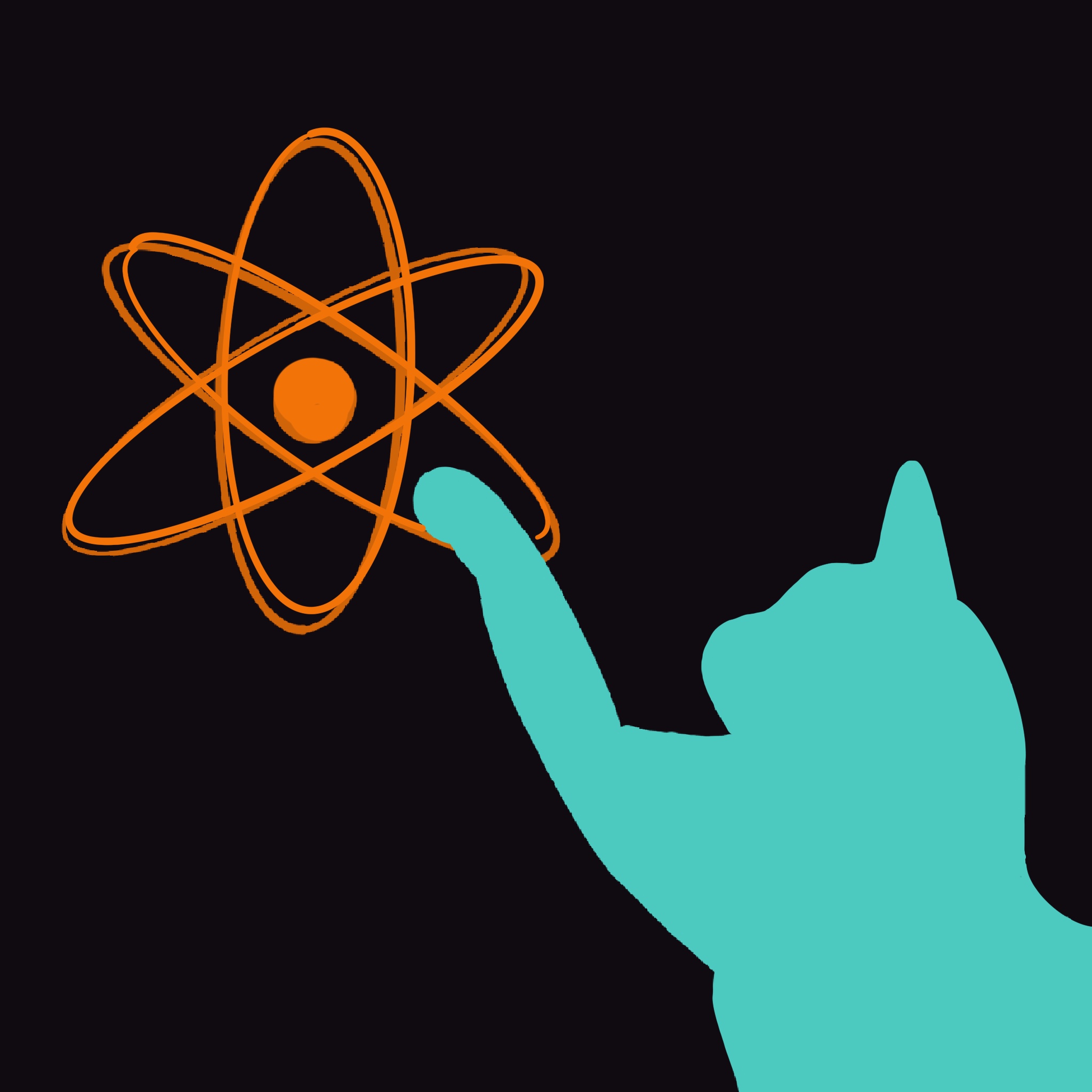The previous post explained the nervous system- a circuit which transfers messages throughout the body. Now it is time to look even more closely at the nervous system and, in particular, then the individual units of its circuitry- the neurons.
The neuron is the basic working unit of the brain. The specialized cell’s function is to transmit information to other nerve cells, muscle, or gland cells. The human brain contains approximately 100 billion neurons!
All neurons consist of a cell body, dendrites, and an axon. The axon extends from the cell body and ends in several nerve terminals. Dendrites also extend from the neuron cell body and receive messages from other neurons.

Basic structure of a neuron (Credit: Bitesize)
The point of contact between two neurons is called a synapse- dendrites are covered with synapses where they connect with the nerve terminals of other axons.

(Credit: Biology Stack Exchange)
In order to send messages to other neurons, electrical impulses are transmitted along the axons. Just like in a computer, the efficiency of electrical transmissions in the brain is imperative. In order to ensure this, axons are covered with a layered myelin sheath that helps accelerate transmissions. (If you are interested in how the myelin sheath can do this, I’ve explain this in further detail at the end of the post.) Glia (a type of specialised cell) form the myelin sheath. The naming of glia varies depending on where they are found; in the brain, they are called oligodendrocytes, and in the peripheral nervous system, they are known as Schwann cells.

(Credit: Lumen Learning)
Glia are essential for the proper functioning of the brain as they perform many important roles such as transporting nutrients to neurons, cleaning up brain debris, digesting parts of dead neurons, and helping hold neurons in place. Surprisingly, there are ten times more glia than neurons in the brain.

A microscopy image to put things into perspective (Credit: Quora)
Communication in the brain requires nerve impulses which involve the opening and closing of ion channels. Ion channels are molecular, water-filled tunnels which pass through the cell membranes of neurons and allow ions (which are electrically charged) to enter or leave the cell. As ions flow through an ion channel, an electric current is created- resulting in small differences in voltage across the neuron’s cell membrane.
This difference in charge is essential for allowing a neuron to generate an electrical impulse. When a nerve impulse is initiated, the neuron switches from a negative charge state to a positive charge state (causing a “dramatic reversal” in the electrical potential of the cell). This change, known as action potential, then passes along the axon’s membrane. The action potential can travel at impressive speeds of up to hundreds of miles per hour which allows neurons to generate electrical impulses multiple times every second.

(Credit: Crash Course)
When the action potential reaches the end of an axon, it triggers the release of neurotransmitters. Neurotransmitters released at nerve terminals diffuse across the synapse and bind to receptors on the surface of the target cell (i.e. neuron or a muscle or gland cell). This interaction alters the electrical potential of the target cell’s membrane and triggers a response from the target cell. The response can range from the generation of an action potential to the contraction of a muscle.
Neurotransmitters are an important area of research as they could help us understand even more of the brain. Learning about the various chemical circuits of the brain could help explain how memories are created and stored as well as what is responsible for disorders such as Alzheimer’s and Parkinson’s diseases.
The next post will be all about this fascinating chemical messenger.
The myelin sheath is essential for speeding up transmission. Instead of merely propagating continuously down the axon, the action potential is generated at the bare regions (known as the nodes of Ranvier) where there is no myelin (found between myelinated segments of the axon).

(Credit: hyperphysics.phy-astr.gsu.edu)
This post is part of the Neuroscience Crash Course (a mini series about the brain created in preparation for the Brain Bee) .









